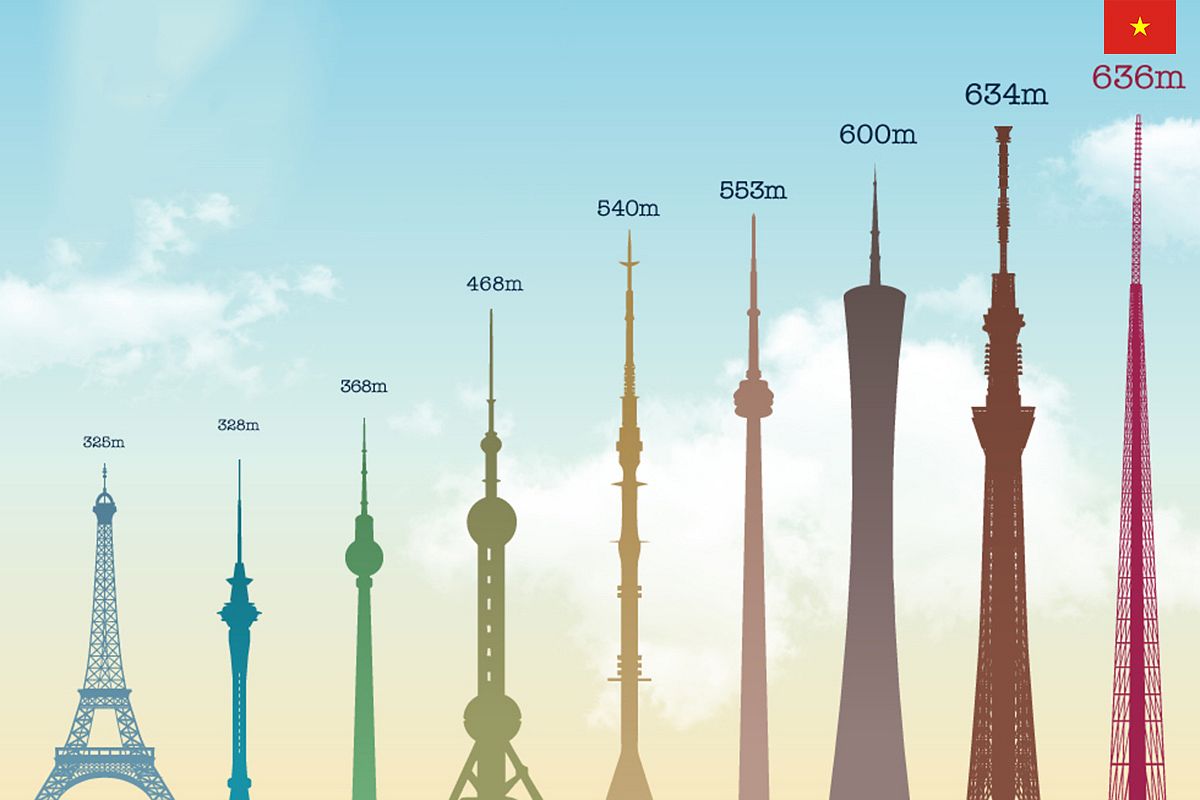

1997: David Wells: Curious and Interesting Numbers (2nd ed.) .

Knuth and Oren Patashnik: Concrete Mathematics: A Foundation for Computer Science (2nd ed.): $\S 1.1$ 1986: David Wells: Curious and Interesting Numbers . The Tower of Hanoi puzzle was first published by the French teacher and recreational mathematician douard Lucas in 1883, under the pseudonym N.Initially, all the disks are placed on one rod, one over the. 1986: David Wells: Curious and Interesting Numbers . The Tower of Hanoi, is a mathematical problem which consists of three rods and multiple disks.The world may well have (figuratively) crumbled to dust long before that time. It is clear that steps $1$ and $3$ above each take $T_ - 1$ moves: $(1): \quad$ Move the tower of $n - 1$ disks from off the top of the $n$th disk onto another of the pegs $(2): \quad$ Move the $n$th disk to the destination peg $(3): \quad$ Move the tower of $n - 1$ disks from where it was put temporarily onto the top of the $n$th disk. This lesson is about the Towers of Hanoi problem, a classic famous problem involving recursive thinking to reduce what appears to be a very large and.

Find this & more Packs and templates on the Unity Asset Store. Now, we note that in order to move a tower of $n$ disks, we need to do the following: Use Tower of Hanoi Puzzle Creator from The Lost Pineapple to elevate your next project. Let $T_n$ be the number of moves needed to transfer $n$ disks from one peg to another. Variant $(1): \quad$ Only one disk can be moved at a time $(2): \quad$ No disk may be placed on a peg with a smaller disk beneath it $(3): \quad$ The disks must all be moved from the peg $1$ to peg $3$ $(4): \quad$ A move consists of transferring a disk from the peg $1$ to peg $2$, or back, or from peg $2$ to peg $3$, or back $(5): \quad$ No disk can cross over peg $2$ if it contains a smaller disk.įor a tower of $n$ disks, it takes $2^n - 1$ moves. How many moves are needed to move all the disks onto a different peg? $(1): \quad$ Only one disk can be moved at a time $(2): \quad$ No disk may be placed on a peg with a smaller disk beneath it. The object of the exercise is to move the disks onto a different peg, obeying the rules:

The Towers of Hanoi is an ancient puzzle that is a good example of a challenging or complex task that prompts students to engage in healthy struggle. Thinking About Thinking: Self-Reflection ToolĪfter students have finished a task, they can use the Self-Reflection Tool to consider their approach and to reflect on their process and progress. While students work on a task, they can use the Problem-Solving Tool to help them persist and to examine their thinking.
#The hanoi towers how to
Thinking About Thinking: Problem-Solving Tool If you want to know how to solve the Towers of Hanoi puzzle and how the algorithm works read my illustrated explanation.


 0 kommentar(er)
0 kommentar(er)
